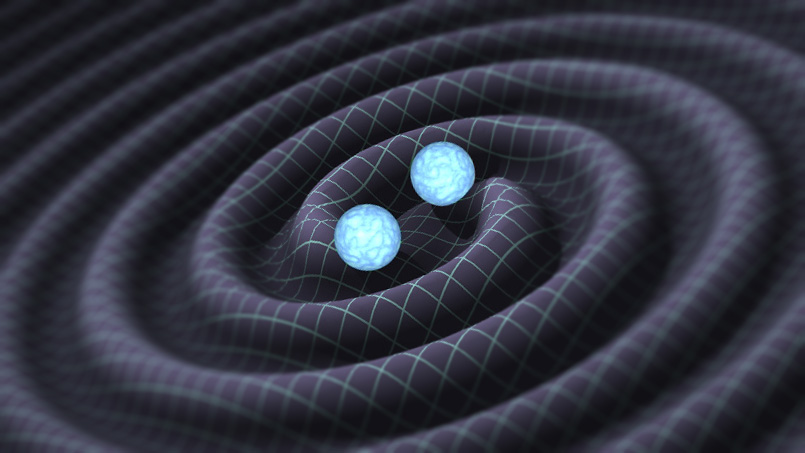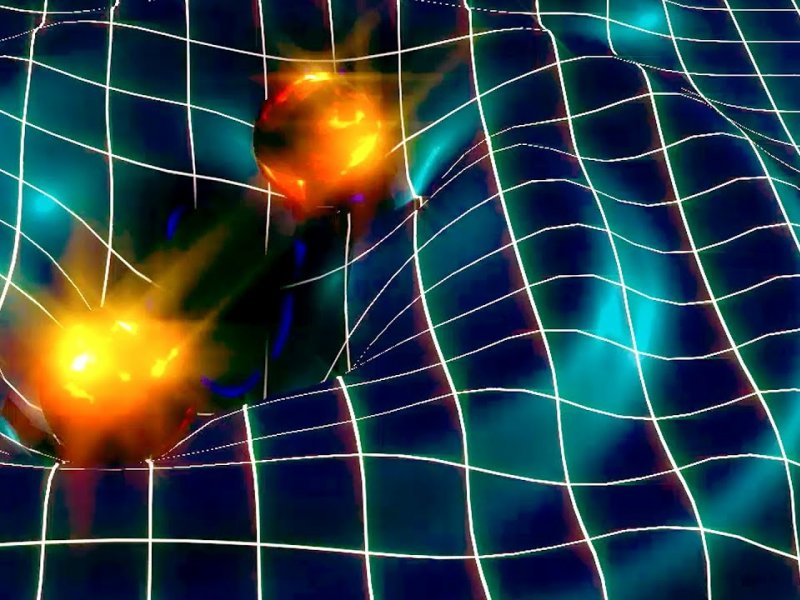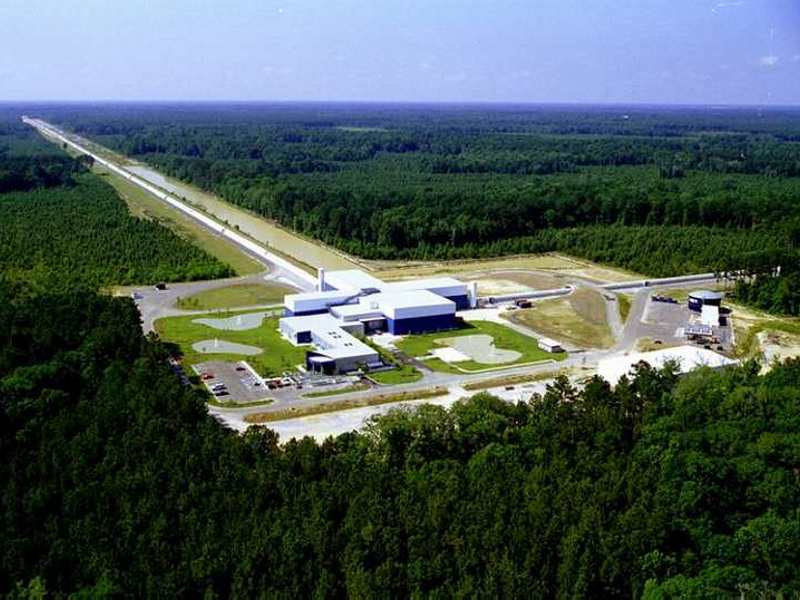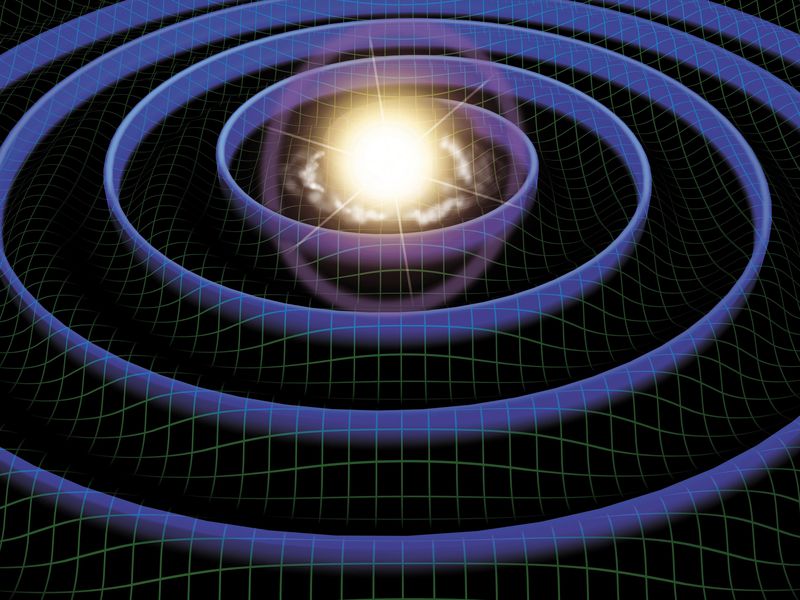



Just over one hundred years ago Einstein predicted the existence of gravitational waves on the basis of his General Theory of Relativity.
For over 20 years physicists have been trying to catch the first gravity wave without success until February 2016 when the Laser Interferometer Gravitational-Wave Observatory (LIGO) announced that they had recorded the ripples from two black holes colliding.
The Dr Pete Edwards talk will focus on this historic discovery, the technology behind gravitational wave detectors and explore the dawn of multi-messenger astrophysics.
There are many wonderful images (public domain) at the LIGO website
https://www.ligo.caltech.edu/images
Gravitational waves offer a new way to uncover the universe.
General relativity suggested their existence, but even Einstein wasn’t sure about them. It wasn’t until the 1970s that there was evidence of their existence, but it took 40 years to be able to detect them.
Now we can detect these ripples in space time, what do they tell us about black holes, neutron stars and the fundamental nature of the universe?
When Where
- Date: Sunday 17th November 2019,
- Time: 7pm.
- Speaker: Dr Pete Edwards, Director of Science Outreach, Durham University Department of Physics,
- Venue: Will take place at the Cygnus Observatory (WWC Discovery Room).
Our speaker
Dr Pete Edwards, Director of Science Outreach, Durham University Department of Physics.






